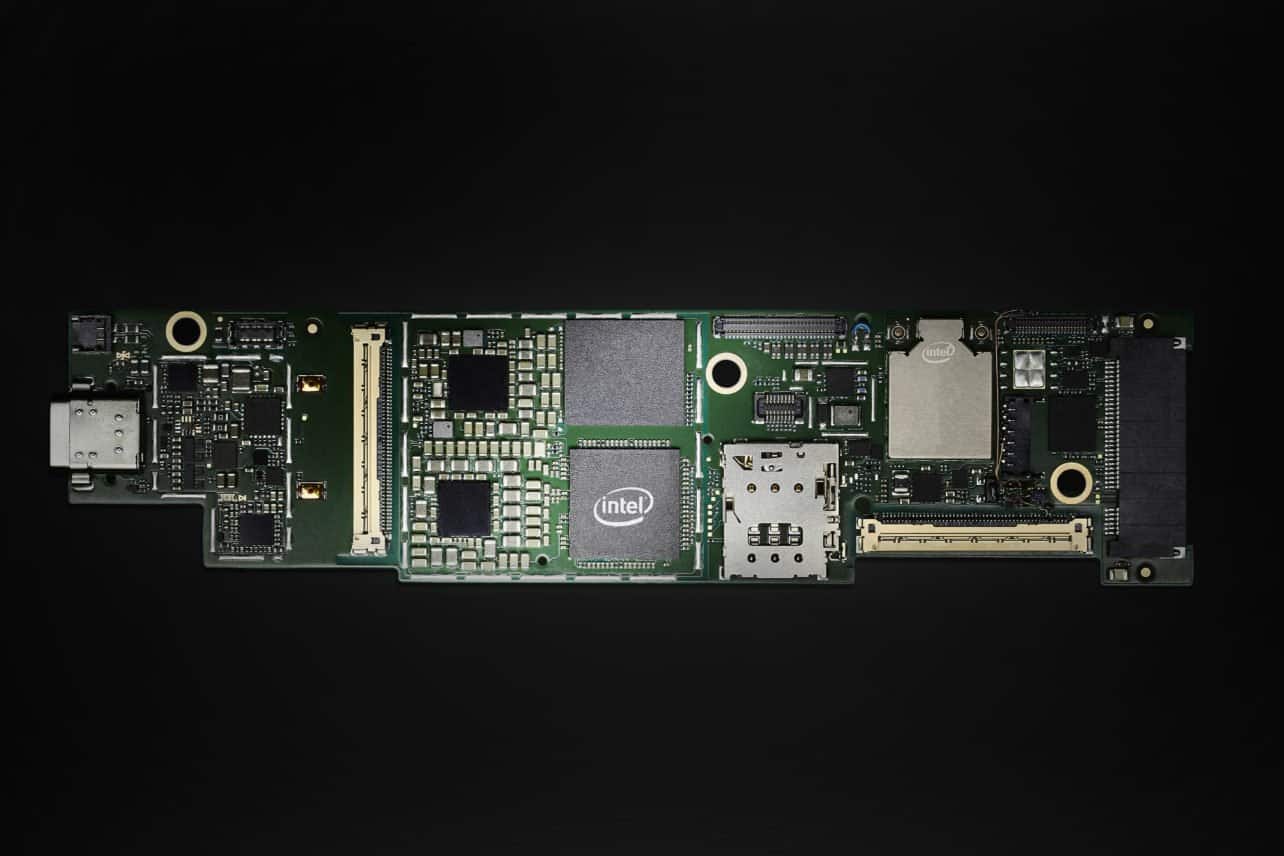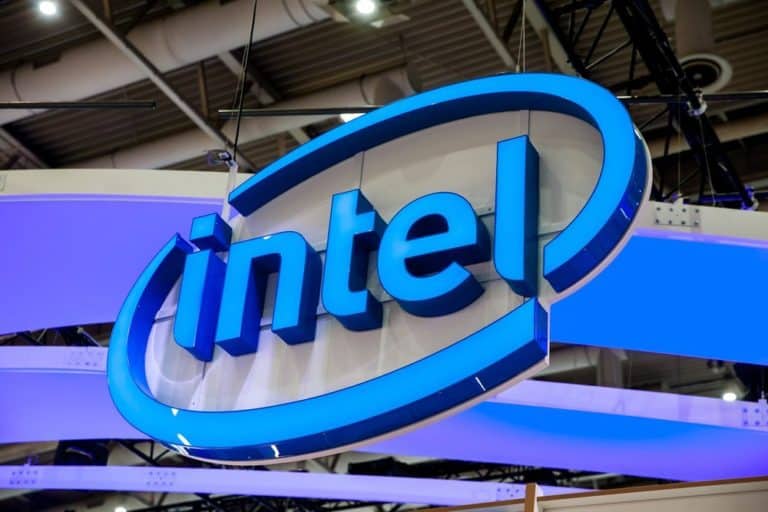Intel introduces its 3D Lakefield processors with hybrid technology for lightweight consumer devices. Using Foveros 3D technology, multiple components are stacked on top of each other in the chips, which is more efficient, according to Intel.
The two Lakefield chips both have five cores. The cores consist of four efficient Atom Tremont cores that are responsible for performing background tasks and a fifth core, based on Intel’s latest 10-nanometer Sunny Cove architecture. The cores are stacked on top of each other in two layers, while a third layer contains DRAM memory. Multiple chips with different functions can be stacked on top of each other using Foveros, a 3D stacking technology that allows several dies to be stacked on top of each other. This technology was first displayed by Intel last year.
Small size
At launch, the product line includes two SOCs focusing on lightweight consumer devices such as dual-screen phones, notebooks and tablets. According to Intel, the new design is 56 percent smaller than previous models, measuring just 12x12x1mm.

The processors are known as the Core i5-L16G7 and the Core i3-L13G4. The former offers a 1.4 GHz base frequency that reaches up to 3.0 GHz in single-core mode, while the Core i3-L13G4 has a 0.8 GHz base frequency that can reach 2.8 GHz. The chips are combined with up to 8GB of lpddr4x-4267 memory integrated on top of the chip. According to Intel, the new processors provide up to 24 percent “better performance per SOC” for web browsing.
Samsung will use the new chips in the Galaxy Book S laptop that will be released this month. Microsoft will implement the chips in the Surface Neo and Lenovo in the ThinkPad X1 Fold.
